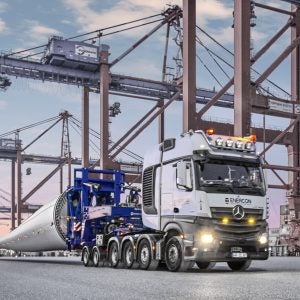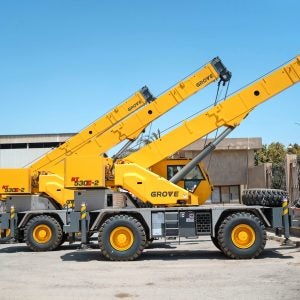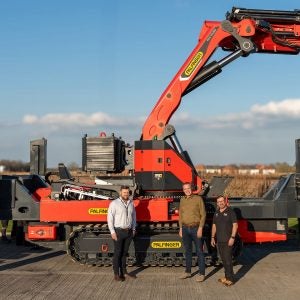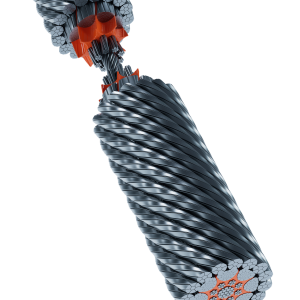With the World Cup also coming up, in 2014, the country has seen a boom in construction of stadiums and infrastructure. With pressure on to meet tight deadlines, and high quality standards, contractors have reached out to the world’s crane builders for cutting edge lifting equipment.
But that is only half the story. With vast resources and a rapidly urbanising young population, Brazil is one of the world’s fastest economies. Over recent years, its government has committed both to building modern homes and well-functioning infrastructure for its people, and to shaping a modern, more open, economy.
That’s good news for Brazil, and good news for the crane industry. When I spoke to Terex’s president for developing markets and strategic accounts, Steve Filipov, at Montceau-Les-Mines he picked out Brazil as a market where the company may see new demand for self-erectors. As the country builds homes, using modern construction techniques, demand for this sort of product should grow.
Terex has confirmed interest in the market at M&T Expo in May, where it launched a new 55t rough terrain assembled in the country. Terex’s rivals are following a similar strategy. Manitowoc has been mounting National Crane uppers on local boom trucks for a number of years. Currently, it is building a quarter of each crane in Brazil and three quarters in the US. Over the next three years, it aims to reverse that ratio. It’s not just Americans who are looking south, but Chinese manufacturers who are looking across the Pacific. Sany now has a factory in the country, and Zoomlion is seeing strong sales.
And domestic manufacturers are using their local knowledge to build equipment tailored to the country’s unique requirements. Montarte, for example, have developed a special model of internal climbing tower crane designed to be used within the building for material handling.
But, the market still has its challenges. While some moves have been made towards liberalisation and to make it easier to finance new factories, the government is still overly reliant on import tariffs to protect local manufacturing. For the country’s construction industry to reach global standards, those blocks to trade should be eased quickly, and more done to develop competitive local manufacturing.






